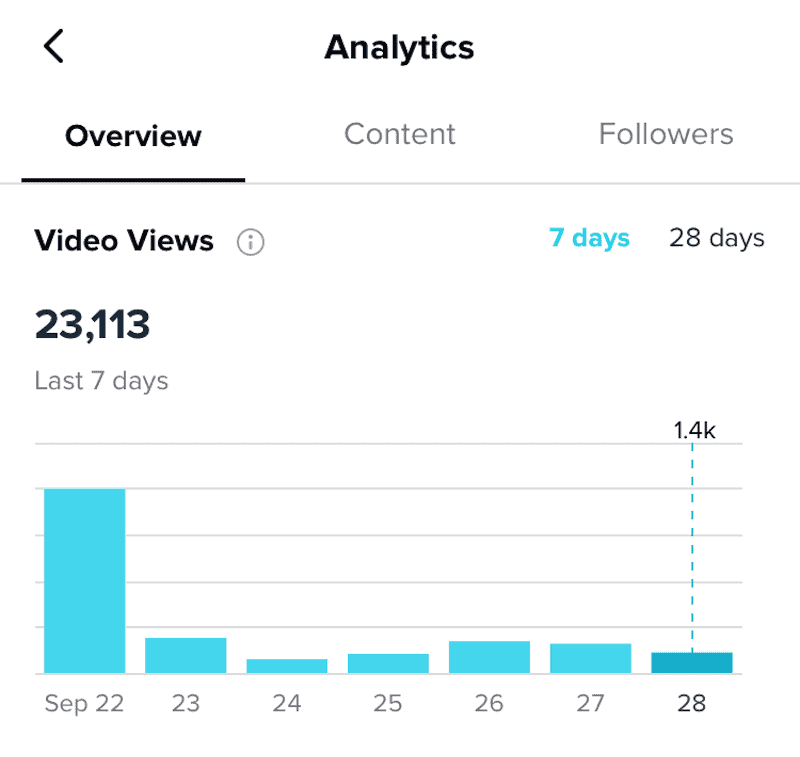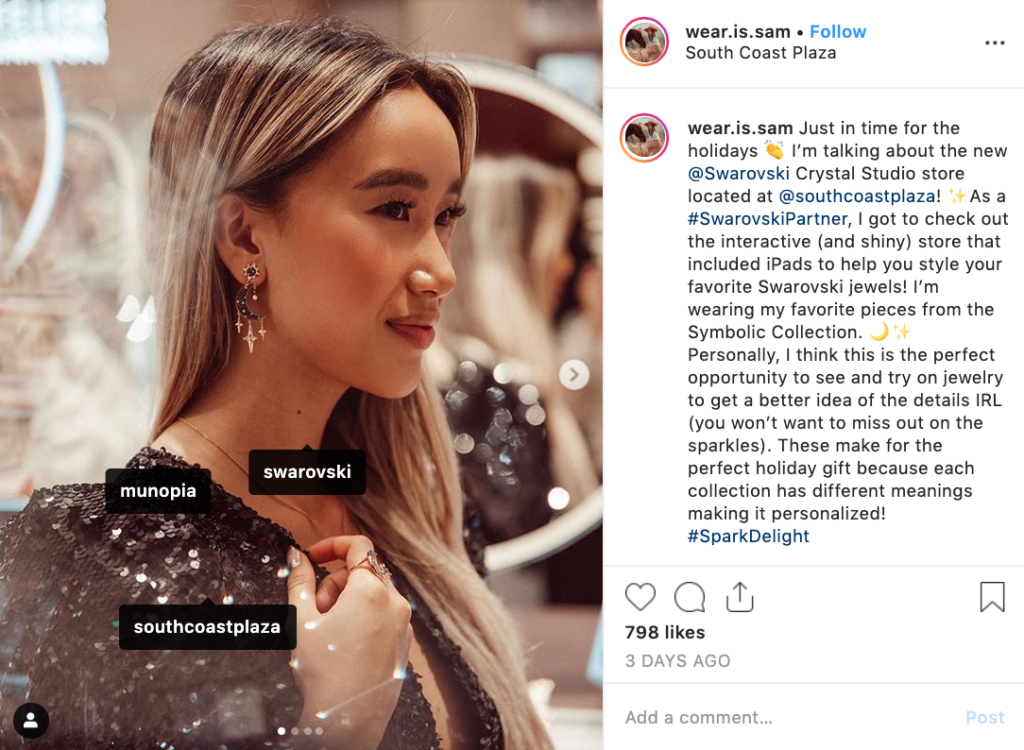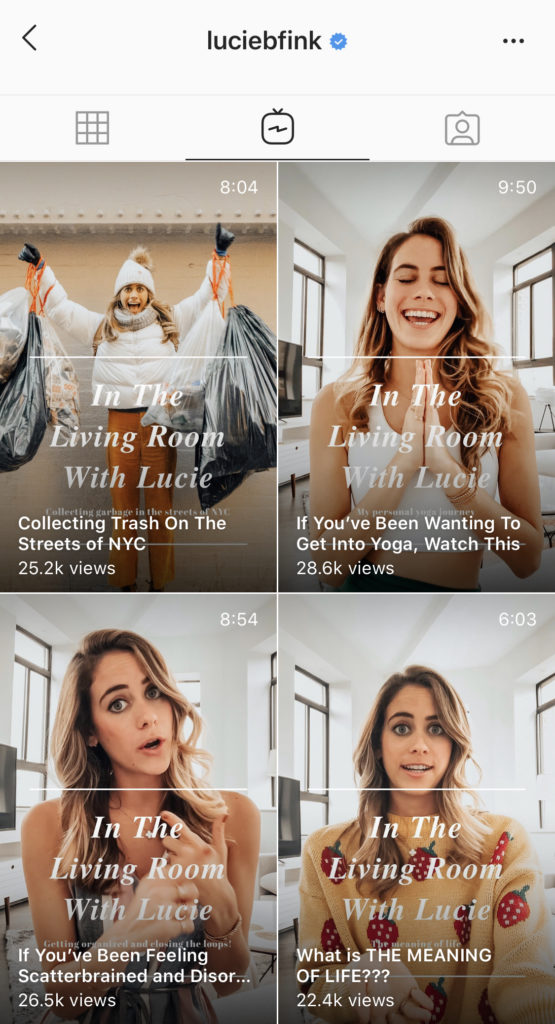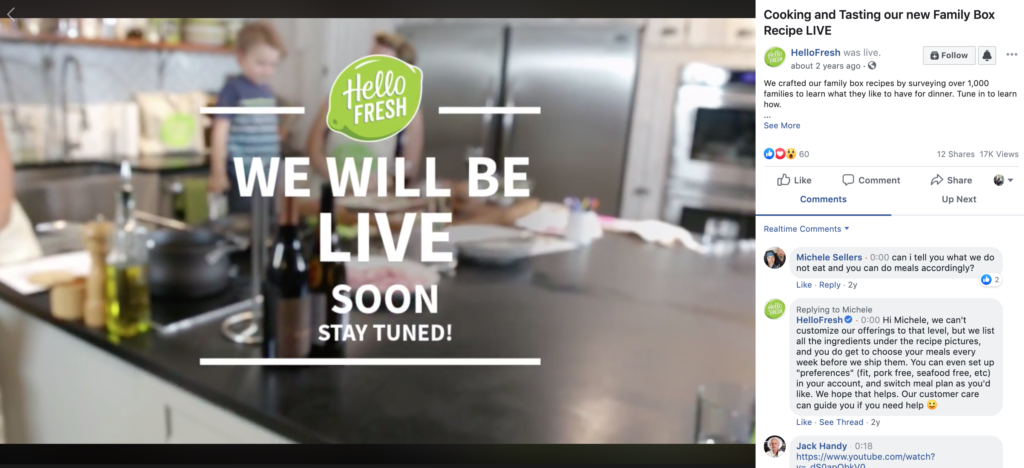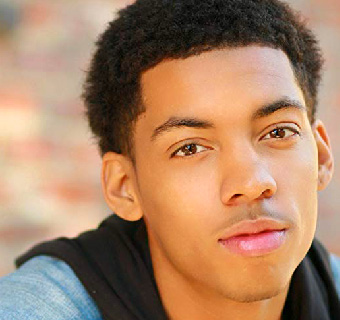Table of Contents
Look back at it. You’ll want to see this. It’s hard to believe that in 2018 brands were still skeptical of the rapidly growing influencer marketing sector, despite the astonishing ROI. As we enter a new decade, influencer marketing in 2019 has undoubtedly proven to be an integral part of a successful marketing strategy in today’s digital age.
Recap: Evolution of Influencer Marketing in 2019
Some $2 billion of marketing spend was devoted to influencer marketing in 2019. Reported in January, companies’ annual influencer marketing budgets were fairly evenly distributed across a wide range from $1,000 to $1,000,000 spend. Seasoned brands are honing industry best practices and ramping up their investments. New players to the space are still getting their feet wet, but it’s clear they have been missing out on the uncapped upside of influencer marketing.
Business Insider estimated influencer marketing in 2019 is an $8 billion industry, worth up to $15 billion by 2022. Projections of annual growth rate range from 41% to 95%. Whatever the exact value, that’s a significant increase from previous marketing efforts.
There are some key factors that made influencer marketing in 2019 such a booming success.
Major Trends
- Instagram and YouTube lead sponsored content categories, with more platforms joining the scene like TikTok, Amazon, and even LinkedIn.
- Video takes center stage as the preferred content type for branded partnerships. As the second most visited site, YouTube’s strategy is being adopted in more short-form video versions by other social media players. Brands are paying for Instagram stories over posts on the main feed. When asked, 68% of consumers feel short videos are the best way to learn about new products and services.
- Fake influencers and fraud are the main concern plaguing influencer marketing in 2019. Brands are cracking down by turning to software solutions to find credible influencer partnerships.
- Influencers and brands shift their focus to building relationships. The overall model is prioritizing long term relationships that will drive more returns than a single pay and post.
- Brand fit and authenticity are the driving forces to choosing influencer partnerships. Influencers with an authentic following have higher engagement and yield better results from sponsored content since their audience aligns with their messaging and lifestyle.
- Micro/nano influencers > celebrities. Influencer marketing in 2019 has shown brands and marketers alike that its effectiveness is not dependent on the size of the name. Brands do not need to pay for celebrities like the Kardashians to endorse their products. Picking the right influencer with an authentic, engaged target audience can create a greater impact for the brand and ROI.
Changes to Social Media Platforms
1. Instagram introduced Checkout
- Brands can add shoppable links on posts for users to complete a purchase without ever leaving the app.
2. YouTube updated Community Guidelines strikes system
- Penalties are now consistent, regardless of where the mishap occurs on the platform.
- Creators receive one warning for inappropriate content, which does not expire.
- Strikes expire after 90 days. The first strike results in a one-week freeze on uploading any content to YouTube. This escalates to a two-week freeze after the second strike within a 90-day period. And, finally, three strikes and you’re out– channel termination.
3. Facebook changed reach calculations
- Facebook updated the time frame for counting repeat organic Page impressions from the same person. It is likely this will result in a decrease in impression metrics for Pages.
4. TikTok adds pro creator accounts and native analytics tools
- These new features act to streamline the user experience and to attract brands. They rival other social media platforms in their ability to gain business users on top of their established teen fanbase. As we near the end of 2019, we are also beginning to see more Millenials and Gen Z users join the platform.
5. Instagram tests no likes
- Piggy-backing on the trend of authentic content, in conjunction with Instagram’s push for wellness, the most recent update to social media has been their institution of no likes. The jury is still split on whether this is beneficial or not. Some feel it highlights true influencers and their connection with their audience, removing the social comparison element from the platform. While others feel it is a potential blow to their business model.
Changes in FTC Guidelines
The FTC released new disclosure guidelines for social media influencers. It is the influencers’ responsibility to disclose whether they have any “material connection” with an endorsed brand. This is not limited to monetary exchange, but also gifted product and familial ties to the organization. The FTC also specifies recommended methods of how to disclose this content for different mediums and what practices are insufficient. Brands and influencers are being held accountable for their partnerships as the influencer marketing industry in 2019 has surged.
Insights by Platform
Influencer marketing industry experts, as well as the general public, know that Instagram holds the lead. Instagram reports that 15% of adults (age 13+) can be reached by ads on the platform as of October 2019. This statistic saw a nearly 3% increase since the last quarter. The use of #ad skyrocketed by 90% in H1 2019.
The growth can be attributed to a few new developments. 70% of consumers look up a brand on Instagram before making a purchase. Besides the domination of stories, IGTV finally caught on. YouTube creators and Instagram influencers began to utilize IGTV to post original content – sparking a new medium for their audience and a new space for brand collaborations.
It was slow to gain traction, lacking monetization features for influencers. But, following the trend of authenticity, IGTV encourages creators to create for themselves and their brand first, sharing unique and engaging content. This has resulted in original IGTV series – separate from YouTube – forging a tighter connection between influencers to their audiences. Increasing their value and return on campaigns that align with their messaging.
YouTube
Although it has a lower overall engagement rate, YouTube is excellent for finding influencers in niche markets with outstanding engagement. The gaming community, for example, flourishes on YouTube. Brands looking to build their name by telling a story utilize YouTube. This video platform taunts 70% of viewers relate more to YouTubers than their TV counterparts. For influencer marketing in 2019, that translates to higher engagement and a better relationship with their audience.
YouTube is known for its how-to content, but it also captures a younger audience than other social media platforms– children. A core audience, kids are both the target market and influencers, changing the landscape of children’s advertising.
YouTube consistently ranks just below Instagram for influencer marketing preferability at No. 2. It’s rated at 56% in effectiveness for influencer marketing in 2019. Setting YouTube and Instagram a ways away from the next best platform.
Twitter reports reaching 4.3% of adults on the platform with advertising. Slightly below Instagram, Twitter saw a 2.5% growth from last quarter in its reach.
Twitter sets itself apart as the leader in straight to market audience engagement. Less visually-based than Instagram, the platform capitalizes on being able to keep up with the happenings of the world. Influencers can share their thoughts, start discussions and create a word of mouth chain. They are able to utilize real-time communications with their audience, not dependent on the algorithm putting their post on your feed. One downside is visual ads, like Instagram, are experiencing faster growth. Twitter marketing campaigns declined 10% from 2018 as Instagram stories grew 60%. However, Twitter serves a unique use in spreading word quickly and efficiently.
Thank ya to EA for the chance to surprise Heath with a Lamborghini! Download the NFS Heat Studio App and send me pics of your customized car with the hashtag #NFSHeatStudio. I’m gonna pick 10, and FaceTime them personally! #EASponsoredhttps://t.co/hWEcyziV3L
— DAVID DOBRIK (@DavidDobrik) August 20, 2019
With 23% less engagement than their leading counterpart Instagram, Facebook paved the way for social media but seems to be less involved in the influencer marketing push. Facebook experienced a 20% decline in influencer marketing campaigns the last quarter. However, the platform continues to grow despite all this, adding 30-50 million new users per quarter. And, Facebook reports reaching 32% of adults with its ads.
A 2018 study showed Facebook is, in fact, holding its own in the influencer marketing space too. For 48% of participants, Facebook impacted their decision to purchase a product or service.
One distinguishing factor is Facebook Live. Brands utilize this tool to connect with customers and influencers use it for authentic content sharing.
TikTok
The newest major player of the influencer platforms, TikTok has spun a younger crowd into fame. One of the fastest-growing social media platforms, TikTok fills the void of short-form video left by Vine years ago. Just behind Instagram in monthly active users, this explosive growth continues around the world.
41% of users are between 16-24 years old. Now, at the tail end of 2019, TikTok has won over an older age group and influencers from other platforms, growing its US adult audience 5.5 times in under 18 months. It is very possible TikTok is the next biggest thing to hit influencer marketing in 2020.

Top Influencers
| YouTube | TikTok | |||
|---|---|---|---|---|
| Jamie Oliver | PewDiePie | Lady Gaga | Taylor Swift | Loren Gray |
| The Bucket List Family | Dude Perfect | Austin Mahone | Cristiano Ronaldo | Baby Ariel |
| Chiara Ferragni | Like Nastya Vlog | Eh Bee Family | Ariana Grande | Kristen Hancher |







